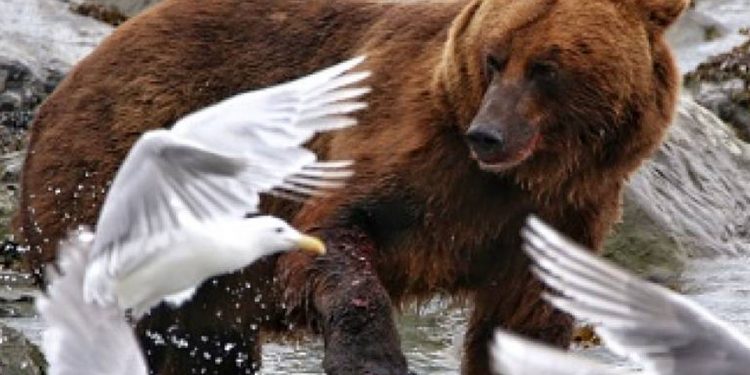July was the hottest month in Alaska, according to the United States National Office of Oceanic and Atmospheric Administration (NOAA).
Sea ice melted, fish from the Bering Strait swam in temperatures above normal, so did the children in the coastal town of Nome, the fire season began earlier and ended later, and thousands of walruses piled up in the coast.
Unusual weather events like this could become frequent with climate warming, said Brian Brettschneider, a climate researcher at the Arctic International Research Center at Alaska Fairbanks University. The state has gone through “multiple decades-long increases” in temperature, he said.
“It has become easier to have this series of unusual conditions that now lead to breaking records,” Brettschneider said.
Alaska’s average temperature during July was 14.5 centigrade, which is 3 centigrade above average and 0.4 centigrade above the hottest previous month, July 2004, NOAA reported.
Anchorage, the largest city in the state, for the first time reached 32.22 Celsius on July 4 at the Anchorage Ted Stevens International Airport, exceeding the previous record of 29.44 Celsius.
July has been the hottest month on Earth since registration began in 1880, NOAA reported Thursday. And a United Nations report published a few days ago warned that global warming puts the world’s food supply at risk.
However, the recent heat of Alaska had its good side. Barley and other crops are ready to be harvested, said Stephen Brown of the Extended Cooperation Service of the University of Alaska Fairbanks.
The growing season lasted one month and, if additional days become the norm, they will expand what can be grown in the state. Brown used radiated heat from his car entrance to growing fruits that are not usually seen outside greenhouses.
“This summer I had an extraordinary harvest of tomatoes and jalapeños,” he said.









